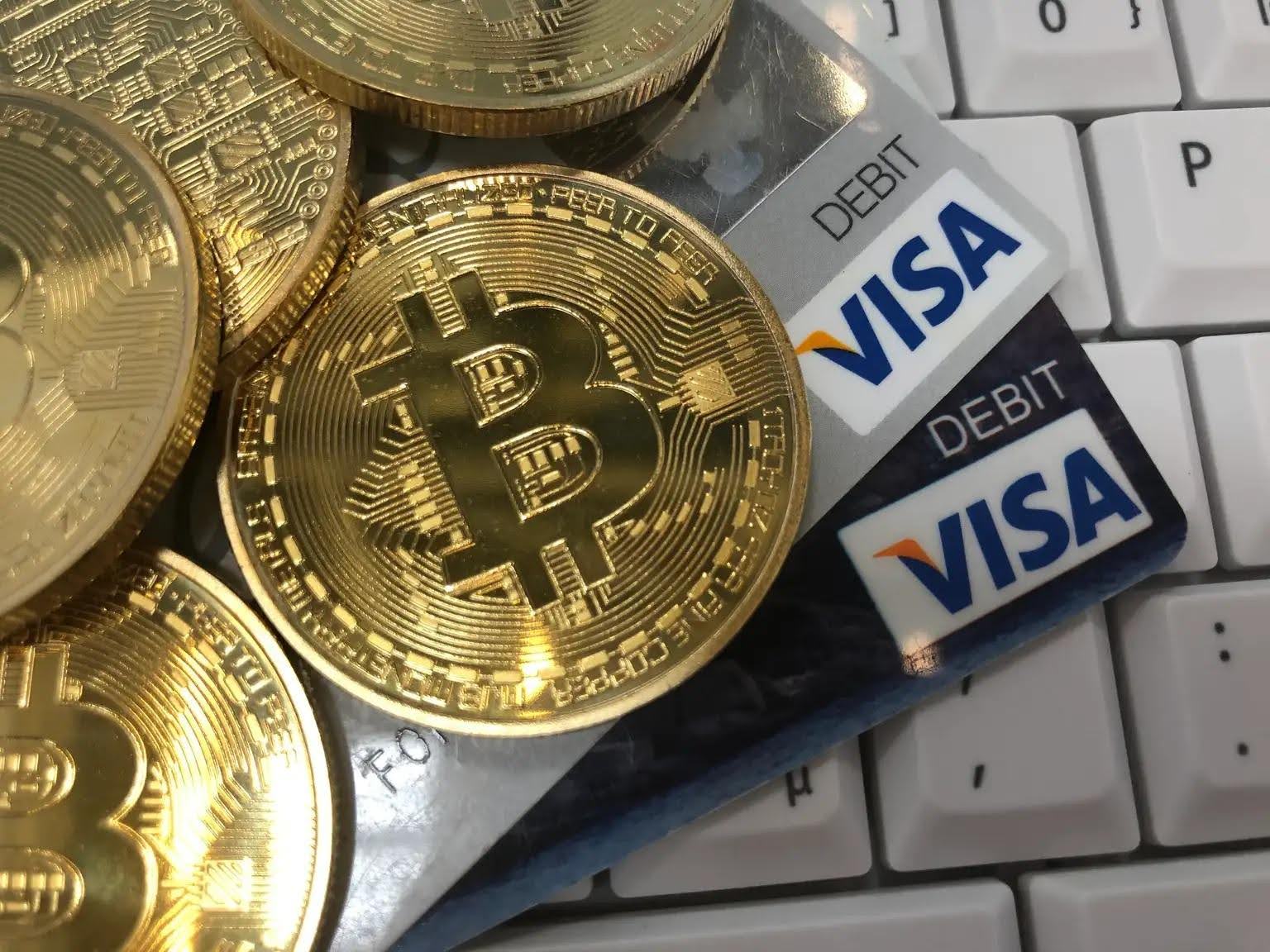Visa’s Crypto Bet Just Got Bigger: $2 Trillion Stablecoin Market Now Eyes Avalanche & PYUSD
Key Takeaways:
- Visa adds Avalanche and Stellar to its blockchain settlement network, joining Ethereum and Solana.
- Three new stablecoins, PYUSD, USDG, and EURC are now supported, expanding Visa’s onchain payment system.
- The move signals a major leap into multi-chain, multi-currency crypto settlements, targeting the projected $2 trillion stablecoin market.
The world’s largest payment processor is doubling down on crypto. On July 31, 2025, Visa unveiled its most ambitious expansion yet in the digital asset space, integrating new stablecoins and blockchains into its global settlement network. With Avalanche now officially supported, Visa positions itself at the center of a growing $275 billion stablecoin ecosystem, analysts say could surge past $2 trillion by 2030.

Visa Doubles Blockchain Footprint with Avalanche and Stellar
Visa has officially added Avalanche and Stellar to its stablecoin settlement infrastructure, bringing the total number of supported blockchains to four: Ethereum, Solana, Avalanche, and Stellar.
This move marks a significant technical expansion of Visa’s onchain capabilities. Each blockchain offers unique advantages, Avalanche is known for its high-speed finality and low-cost transactions, making it ideal for settlement use cases. By adding Avalanche, Visa signals confidence in its potential to handle enterprise-grade crypto payments at scale.
Read More: SEC Pushes Back Decision on Grayscale’s Avalanche and Cardano ETFs
Avalanche Labs posted shortly after the announcement, celebrating the inclusion as a “milestone moment” in bridging traditional finance with decentralized infrastructure.
“Visa’s support for Avalanche reflects increasing institutional interest in efficient and scalable Layer 1s,” said a senior blockchain strategist at a major DeFi protocol.
Read More: Visa and Bridge Partner to Make Stablecoins Accessible for Everyday Purchases
Stablecoin Trio: PYUSD, USDG, and EURC Go Live on Visa
In tandem with the blockchain expansion, Visa also announced support for three new stablecoins:
- PayPal USD (PYUSD) – issued by Paxos, backed 1:1 with USD, and integrated into PayPal’s ecosystem.
- Global Dollar (USDG) – another Paxos-issued stablecoin, focused on institutional-grade issuance and settlement.
- EURC – Circle’s euro-backed stablecoin, complementing its existing USDC product.
With these additions, Visa’s platform now officially supports four stablecoins across four blockchains, a critical step toward building a multi-currency, multi-chain settlement layer.
Visa’s updated network now allows select partners to settle transactions using both USD- and EUR-backed stablecoins, a move that could reduce FX costs, speed up international payments, and unlock new global use cases.
“We’re building an interoperable layer where stablecoins move across blockchains as easily as dollars move between banks,” said Rubail Birwadker, Visa’s Global Head of Growth Products.

From Card Payments to Cross-Border Crypto Rails
Visa’s stablecoin journey began in 2021 with a pilot for USDC-based settlements on Ethereum. That move was seen as experimental at the time but now, with four coins and four chains live, Visa’s blockchain strategy is clearly evolving from pilot to infrastructure.
It’s no longer just about the crypto cards. Visa says it is being driven by banks, fintech companies, merchants and other developers who want to be able to settle transactions more quickly, cheaply and transparently than through the use of existing systems.
By accepting stablecoins directly for fiat settlement, Visa makes the process of onchain to offchain bridges a little smoother and cheaper.
A $2 Trillion Bet on the Future of Stablecoins
Visa’s timing is no accident. The expansion comes just weeks after the GENIUS Act was signed into U.S. law, providing long-awaited regulatory clarity for stablecoins and paving the way for financial institutions to integrate them into mainstream payment rails.
Major banks like Citibank and Bank of America are now reportedly exploring their own stablecoin strategies, while Circle, Paxos, and PayPal push forward with new offerings.
Meanwhile, the stablecoin market has already reached $275 billion in circulating supply, with projections from Bernstein and Galaxy Digital forecasting it could exceed $2 trillion by the end of the decade, driven by increased institutional adoption and tokenized payments.
Visa is clearly positioning itself to lead that charge, acting as a global “translator” layer between traditional finance and programmable money.
Visa’s Stablecoin Ecosystem: At a Glance
| Category | Details |
| Supported Stablecoins | USDC, PYUSD, USDG, EURC |
| Supported Blockchain | Ethereum, Solana, Avalanche, Stellar |
| Settlement Currencies | USD and EUR (via stablecoins + 25 fiat currencies) |
| Pilot Participants | Select Visa issuers and acquirers using blockchain settlement rails |
| Strategic Partners | Circle, Paxos, Avalanche, PayPal |
Visa hinted at more blockchains and stablecoins joining the network soon. Given the momentum from this expansion, industry insiders speculate that Layer 2s like Base or Optimism could be next in line, as well as institutional-grade tokens tied to government bonds or commodities.
The post Visa’s Crypto Bet Just Got Bigger: $2 Trillion Stablecoin Market Now Eyes Avalanche & PYUSD appeared first on CryptoNinjas.
CryptoNinjas






















